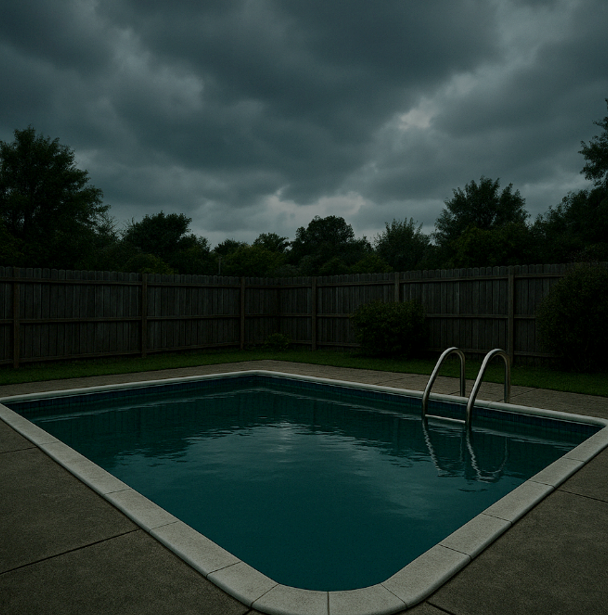
Swin Lessons Save Lives. Period.
Here’s a fact that will stop you in your tracks: In the U.S., drowning is the leading cause of death for toddlers after birth-related issues. We’re not talking about boating accidents or rough oceans—most drownings happen in backyard pools, during playdates, or family barbecues, often in full view of distracted adults.
What’s more heartbreaking? Many of these deaths were preventable. A landmark case-control study found that formal swim lessons reduce the risk of drowning among children aged 1 to 4 by 88%.
Eighty-eight percent.
That’s not a parenting hack. That’s a public health breakthrough.
Toddlers and Water Don’t Mix… Until They’re Taught
The study, led by researchers at the National Institute of Child Health and Human Development, looked at over 300 families—some who had tragically lost a child to drowning, and others who hadn’t. It wasn’t just about whether kids liked the water. It was about who had received formal swimming lessons—structured instruction, not just splashing around with dad or chasing foam noodles at the YMCA.
Among the children who died between ages 1 to 4, only 3% had formal swim lessons. In contrast, 26% of the matched control group—same age, gender, county, and access to the pool—had received formal lessons.
Even after accounting for factors such as income, race, risk-taking behavior, and education, the pattern persisted. Kids who had formal lessons were far less likely to drown.
This wasn’t about making kids Olympic swimmers. Even basic skills, such as floating on one’s back, reaching the pool wall, or remaining calm when submerged, could make the difference between life and death.
Schools and Daycares: The Untapped Power of Prevention
Here’s the twist: Most schools, even preschools, still don’t include water safety in their curriculum. Many parents assume that swim lessons can wait until kindergarten. After all, isn’t water safety more about adult supervision and fences?
Absolutely, those things matter—but they aren’t enough. In fact, many drownings happen even when adults are nearby. Kids slip under silently. No screams. No splashing. Just… gone.
This study makes one thing clear: formal swim lessons belong in early childhood education, especially in communities where children have frequent exposure to water or limited supervision due to parental work schedules.
Imagine what could happen if swim lessons were offered during Head Start programs. Or if pediatricians prescribed swimming like they do vaccines. Or if Title I schools partnered with local YMCAs to offer free water safety programs.
We discuss resilience, social-emotional learning, and trauma-informed schools. But what’s more fundamental than teaching a child how to survive?
What About Older Kids? The Research Sends Mixed Signals
You’d think older children—ages 5 to 19—would be safer in the water. They’ve had more exposure, more lessons, more maturity. But the study found something sobering: older kids who drowned were often strong swimmers.
In fact, nearly half of the teens who drowned could swim long distances. They were confident. Some may have been overconfident. Others had medical conditions like seizures that complicated their safety.
That means swimming skill isn’t the full story for older youth. We also need to talk about risk perception, peer pressure, and supervision at lakes, rivers, and parties. Schools and counselors need to approach water safety in the same way they do substance abuse prevention: as a multifaceted mix of education, environment, and mental health.
The Takeaway for Parents, Teachers, and Schools
Let’s cut through the noise. Here’s what this research tells us:
- Start swim lessons early. As young as 1, if your child is developmentally ready.
- Formal instruction matters. Tips from friends or casual splashing won’t cut it.
- Keep supervision tight. Swim skills do not make kids drown-proof.
- Make it equitable. Low-income children were less likely to have access to lessons—schools and cities need to step up.
Schools as Life-Savers: Your Role in the Bigger Picture
School psychologists, principals, and teachers often feel stretched thin. But here’s a call to action: Advocate for water safety as a core part of your wellness programming. Include it in parent nights, SEL weeks, and after-school clubs. If your school is near water, consider it urgent.
For parents, this study should feel like both a warning and a lifeline. We can’t predict every moment our child will be near water. But we can give them the skills to survive—and the confidence to stay safe.
This isn’t just a story about swimming. It’s a story about preventable tragedy—and the quiet, powerful science that can stop it.
Let’s Talk About It 💬
We want to hear from you. Share this post, start a conversation, and help build a movement that saves lives—one swim lesson at a time.
- What’s the biggest mental health or safety challenge you see in schools today?
- How can your school or community make swim lessons more accessible?
- What’s one child development insight that changed the way you parent or teach?
Together, we can make safety and resilience part of every child’s story.
